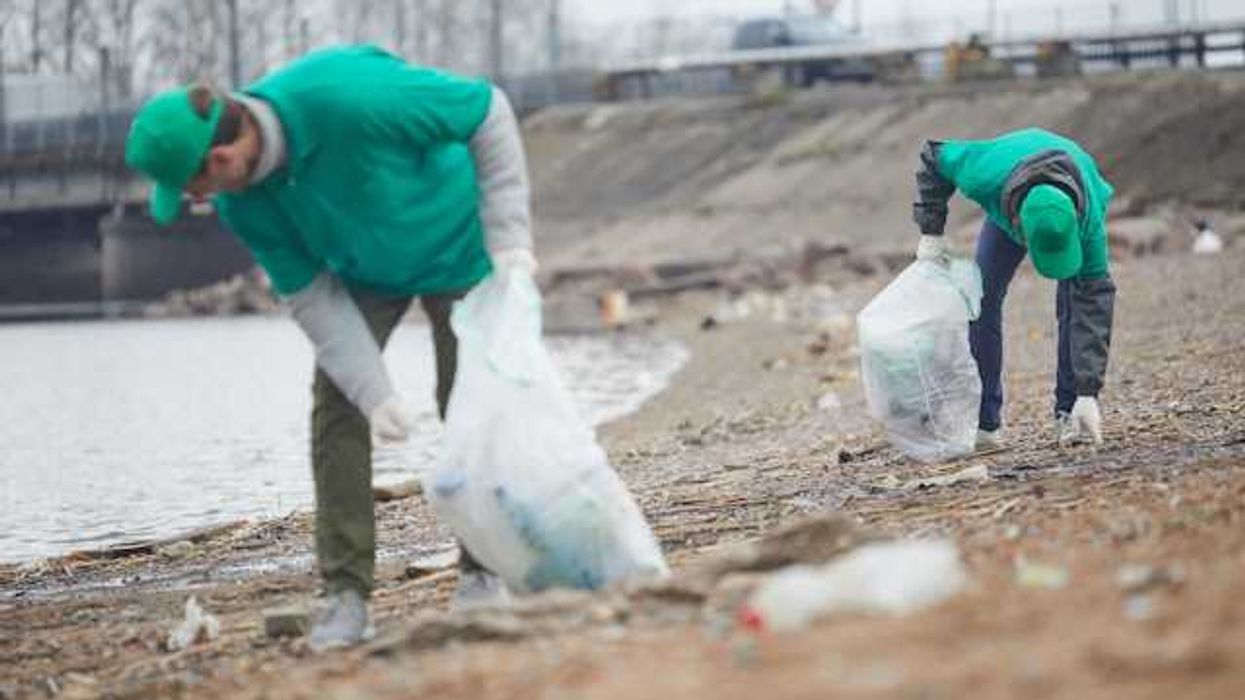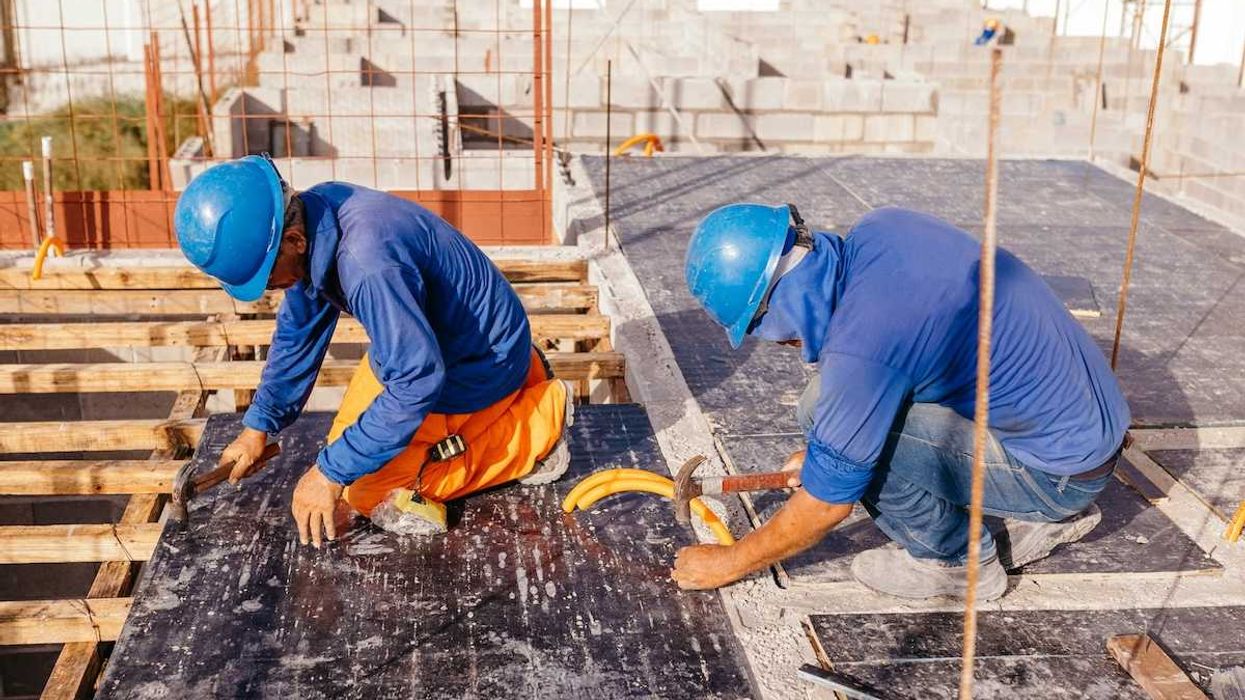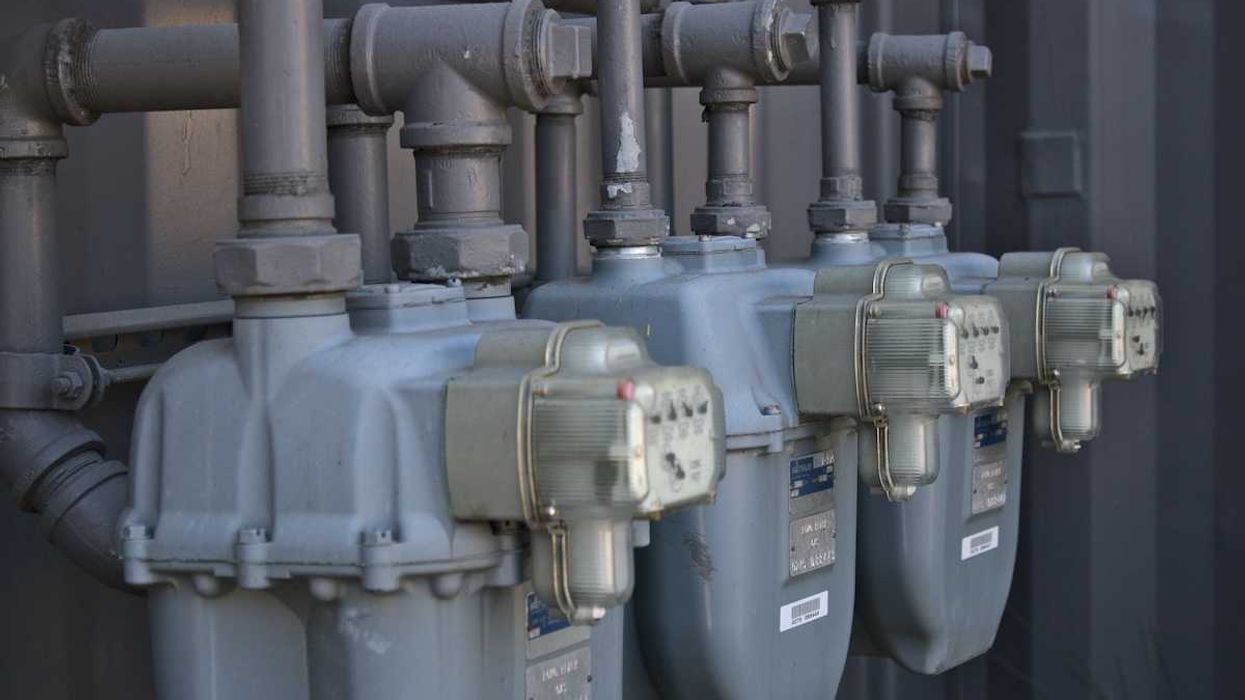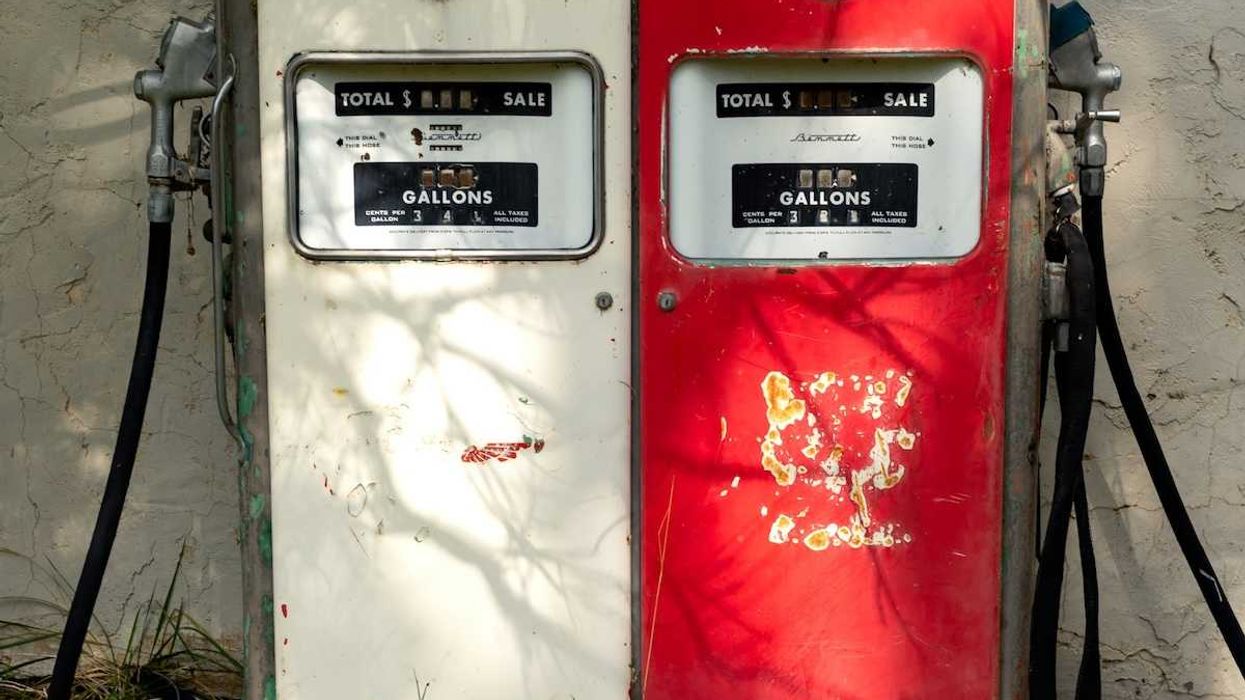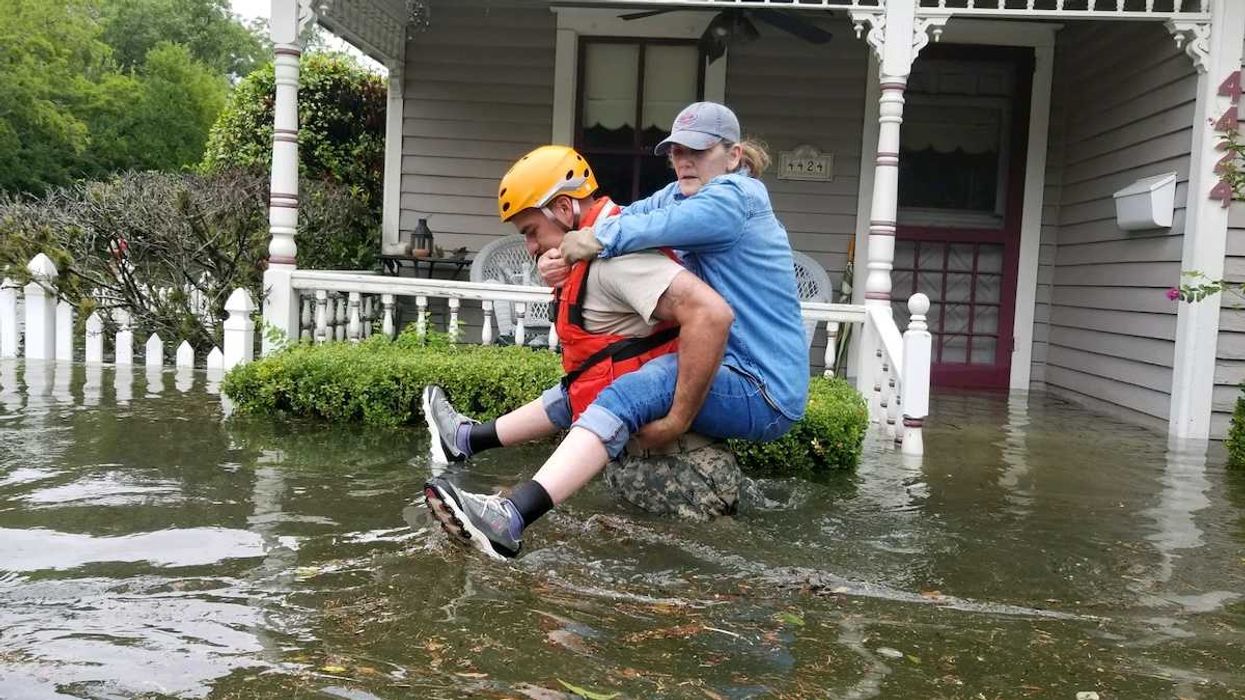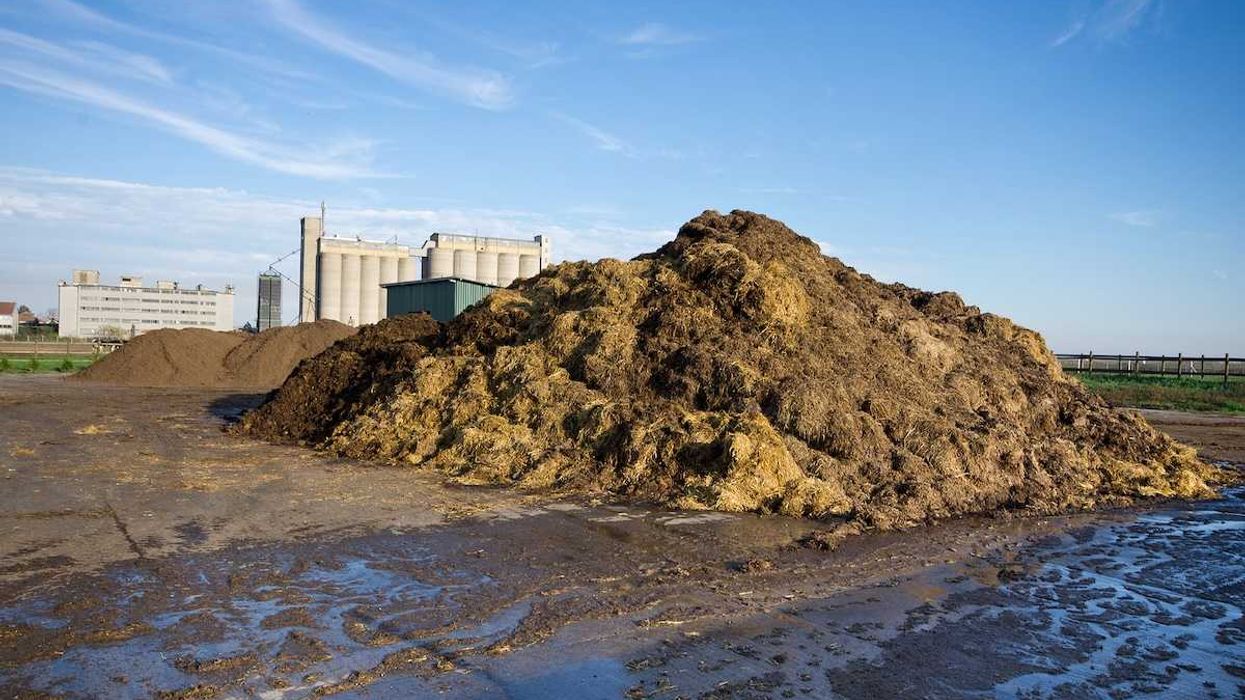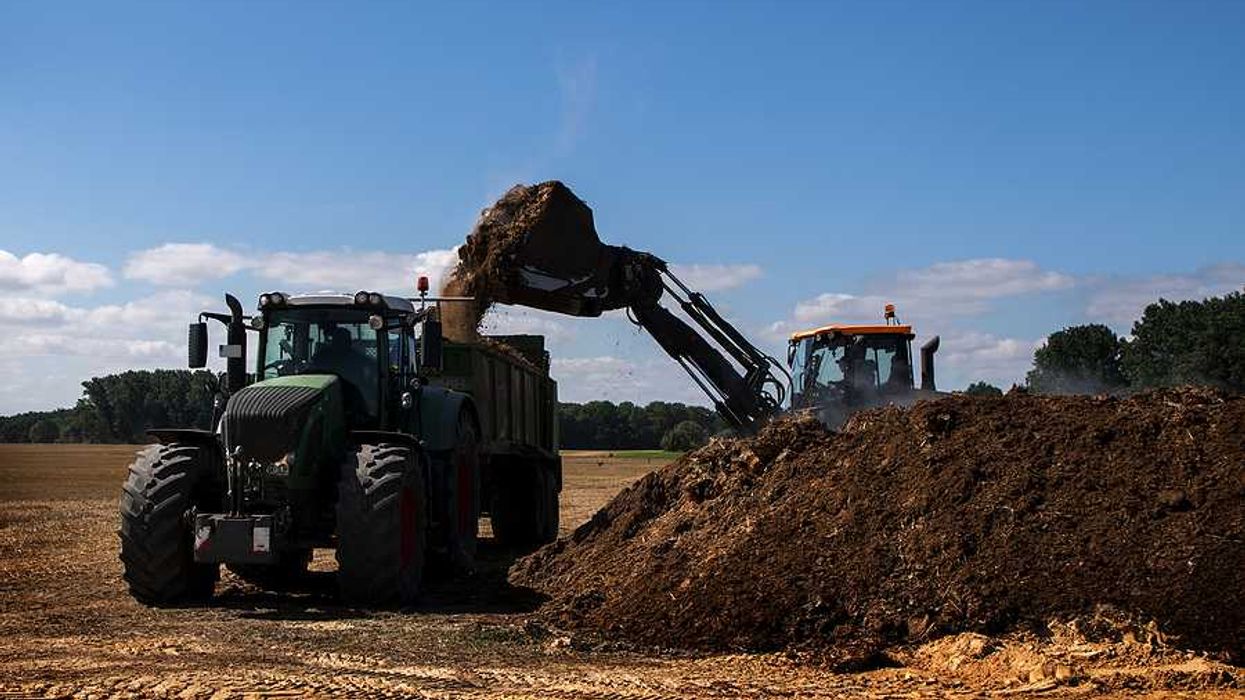After back-to-back years of severe flooding, Vermont officials and residents are restoring floodplains, strengthening infrastructure and buying out at-risk homes to adapt to a future of more extreme rainfall.
Jonathan Mingle reports for Yale Environment 360.
In short:
- Vermont has seen a sharp rise in extreme precipitation, with flood-prone towns suffering repeated destruction. Officials predict such events will increase by 52% across the Northeast by 2100.
- The state has launched initiatives like the Flood Safety Act and RIVER program to curb development in flood zones, upgrade infrastructure and secure federal funding for buyouts and flood mitigation.
- Many communities face tough choices, as effective flood prevention means removing homes and infrastructure from vulnerable areas, worsening an already tight housing market.
Key quote:
“We can be victims and lay down on the ground and cry about it. Or we can think about what can we do. And the obvious answer in Vermont is to get out of the way of the river.”
— Arion Thiboumery, Plainfield homeowner and FEMA buyout coordinator
Why this matters:
Vermont’s flood challenges mirror those faced by many regions as climate change drives heavier rainfall and rising disaster costs. Adapting will require major infrastructure changes, community planning and difficult decisions about where people can safely live.
Related:




